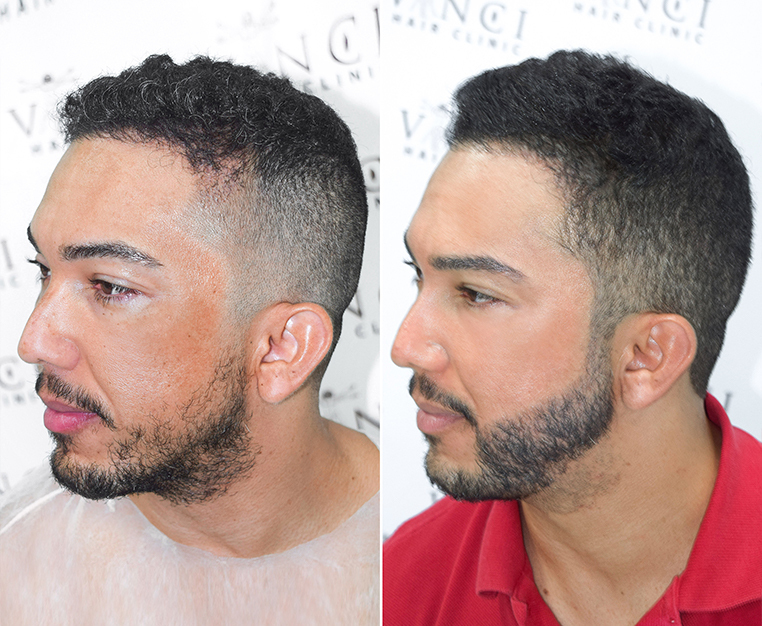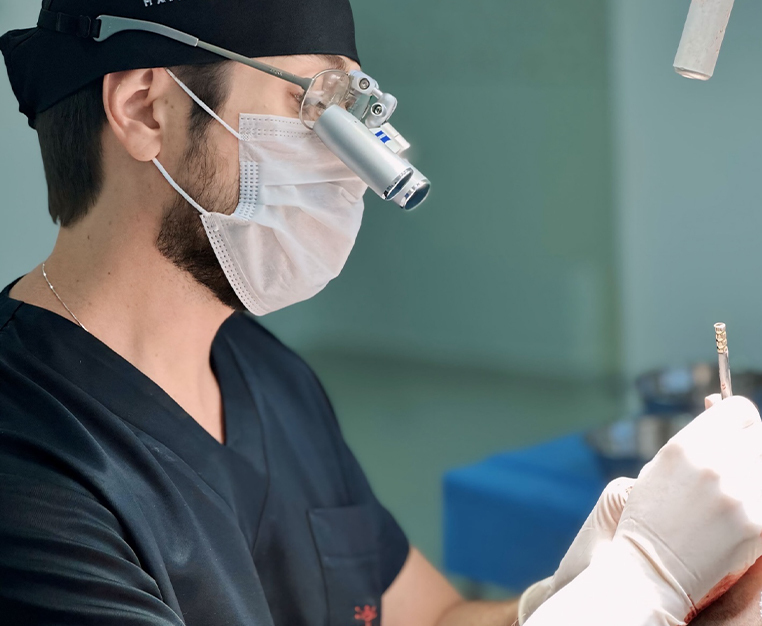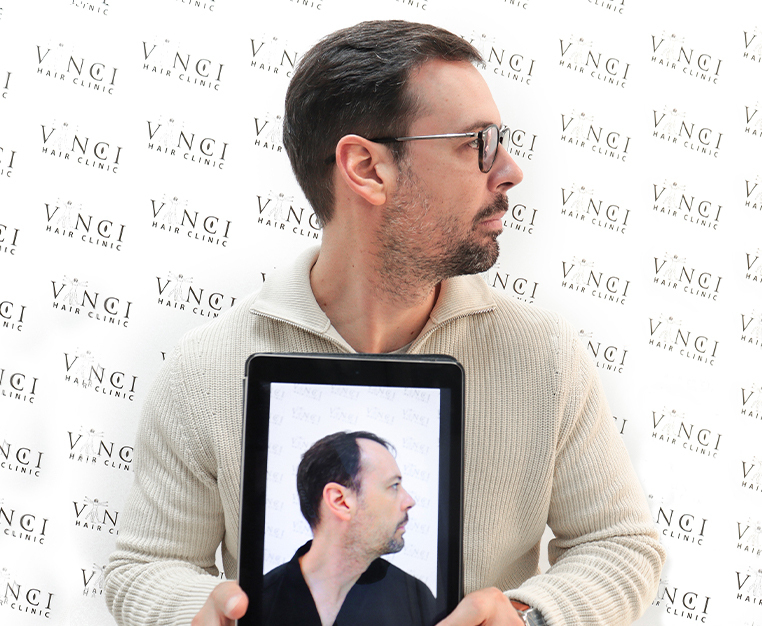Hair loss seems to have been on the rise in recent years, but scientists haven’t stayed still either. Assisted by technological advancements, they have studied the sophisticated biological systems which allow our bodies to function. Hair loss has received significant attention, leading to the development of revolutionary methods to treat it.
For women and men concerned about this issue, the search for a hair loss remedy stems from more than a simple aesthetic need. Hair regrowth reinforces that sense of diminished identity. And the haircare industry has moved quickly to offer stable, reliable, effective and convenient solutions.
In this article, we’re revisiting the challenging periods of research and progress from the early days to the present, and we’ll leave you with some comments on the future of hair regrowth technology.
What Makes Hair Loss Treatment Challenging?
Producing a satisfying solution for hair loss required years of research for one obvious reason: it’s a complicated condition. Our hair falls for numerous reasons, and defining these reasons calls for a close examination.
It can be the result of a medical condition, genetic factors, or the after-effect of a non-regulated lifestyle. For each case, a specialised type of treatment is needed. Such issues have prolonged the quest of science to understand hair loss and regrowth.
The Beginnings Of Hair Treatment Methods
During the mid-20th century, the public was presented with the initial steps of the hair treatment industry. These were received with huge disappointment because of a simple fact: they were ineffective. Made of different combinations of creams and oils, this primitive “technology” could not win the battle against hair loss.
The only option left for people at that time was to hide their bald areas by wearing a wig or attempting to cover it with a combover. Since then, science has found other practical remedies that truly regrow our hair.
Using Regrowth Serums
Taking their lead from the first solutions, commercial laboratories developed multiple creams and serums for consumers. These products were applied to the scalp and resulted in some limited regrowth.
Similar solutions can be found on the market today. Two of them are minoxidil and finasteride, medications that have proved restorative. They are said to work on men mainly, but when conditions permit it, women can benefit from their effect too.
Introducing Surgical Hair Transplants
Seeing the limited impact of creams and serums, scientists and consumers focused more on surgical hair transplants. As the name suggests, hair from a part of the head (usually the back) is harvested and transplanted surgically to areas affected by hair loss. These areas include the temple, the crown and the hairline.
While the method works, it isn’t suitable for everyone. One needs to have a suitable donor area if a transplant is to be successful, while hair transplantation is not an appropriate treatment for some types of hair loss. Only a qualified hair transplant surgeon can advise if you are a suitable candidate for a transplant.
Therapy with Low-Level Laser
Low-level laser therapy (LLLT) is another technologically advanced procedure that has emerged in recent years. This method has proved to be effective in preventing hair loss. Implemented by using laser bands or caps, LLLT presents no hurdles to a person’s daily routine.
The process responsible for stimulating hair regrowth through LLLT is known as photobiostimulation. Although scientists are in the process of researching this method further, they foresee an optimistic future for its use. The process behind photobiostimulation involves five phases that stimulate hair regrowth:
- Adenosine triphosphate (ATP) production is increased.
- This increase energises hair follicles.
- Larger amounts of oxygen and nutrients are directed towards cells, boosting blood circulation.
- Such increase decreases dihydrotestosterone (DHT), a hormone contributing to hair loss.
- Cells reproduce faster and hair follicles’ miniaturisation rate drops.
Hair Growth With Exosomes
The coronavirus pandemic stopped many activities, but not research. Instead, it encouraged researchers to spend more time on testing and producing novel treatments. Exosomes were one of these experimental treatments considered to prompt hair regrowth. These nanoparticles, discovered over 35 years ago, stimulate cell communication.
Surprisingly, exosomes contain mRNA, which is also found in coronavirus vaccines. This messenger RNA instructs cells to behave differently. Theoretically, such injections instruct hair cells to extend. Since exosomes constitute protein particles, they have the power to regenerate tissue and even hair follicles.
Hair Thinning With Topical Treatments
Further research on hair thinning gives hope that topical creams can bring results as well. At this point, hair loss experts are working on two products.
The first is an osteopontin-based cream named FOL-005, focused on men, while the other is Breezula, which promises to reduce hair loss with few side effects. Breezula has been tested only on men so far, but scientists are working on adapting it for women as well.
Density Improvement
Fortunately, some people simply need denser hair and don’t need a full regrowth. A person should have approximately 2200 strands of hair/inch2. You can try to find your exact hair density by yourself, but it might be easier (and less tedious!) to consult an expert to find out whether there’s anything to be worried about.
And hair densification doesn’t always need surgical treatments. There are several products that densify the hair for both men and women, each with slight differences. The majority of them are produced as shampoos, hair conditioners or density increasing serums.
Concluding Thoughts
From the very first cream years ago to the use of lasers and transplants, the hair regrowth industry has progressed quickly, and more exciting developments are on their way. Remember, though, that there are different causes of hair loss, and there are people with different needs; there’s no single solution that works for everyone.
The best way to find a solution that works for you is to consult with an expert. Schedule a free consultation with a Vinci Hair Clinic specialist. We have clinics worldwide, and we use cutting-edge technology to combat hair loss. Get in touch and book your appointment today!





